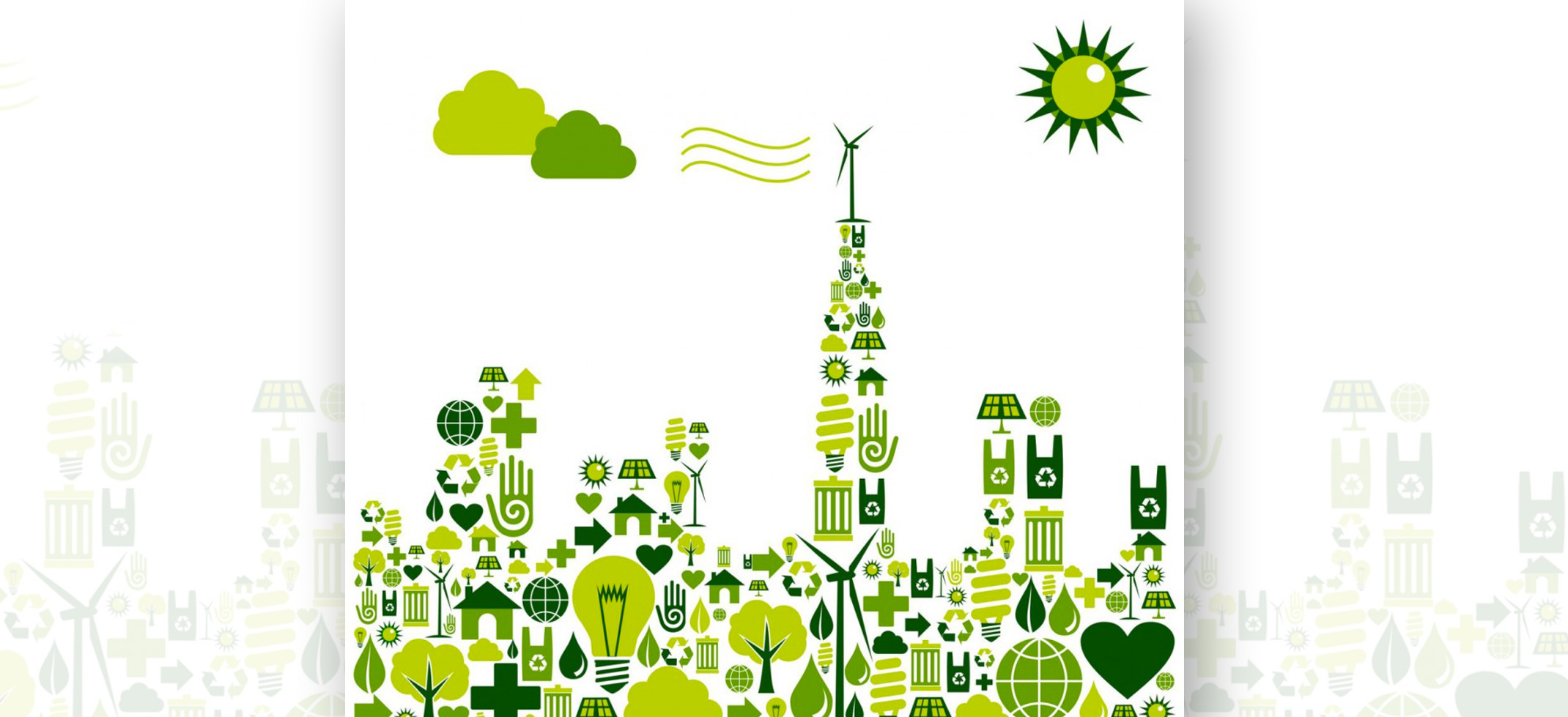The European Council has recently approved the 2030 single framework for energy and climate EU, in which they identified the priority objectives to be achieved.
Defined target places are to reduce emissions by 40% (in the time period from 1990 to 2030), which would allow the EU to engage in new agreements and to reduce emissions by 80% by 2050. Increase to 27% l ‘ use of renewables in the energy mix. Continue to improve energy efficiency. Reforming the “system of emissions trading” (ETS): The Commission proposes to set up a reserve of stability of the energy market at the beginning of the ETS trading period in 2021; Reserve aims both to address the problem of surplus emission allowances that was formed in recent years is to improve the system’s resistance to any exogenous shock, automatically adjusting the supply of allowances to be auctioned. Energy competitive, convenient and safe: the Commission proposes a set of key indicators to be monitored including: the price differential of energy with major trading partners, the diversification of and reliance on local energy sources, and the ability to interconnection between Member States. A new system of governance based on national plans to be drawn up by Member States in the framework of a common approach to ensuring the consistency at Community level. Report on prices and costs of energy: the Commission communication which sets the framework is accompanied by a report on energy prices and costs and a comparison with the prices of the EU compared with its main trading partners.
More informations: http://www.heatexchanging.com






